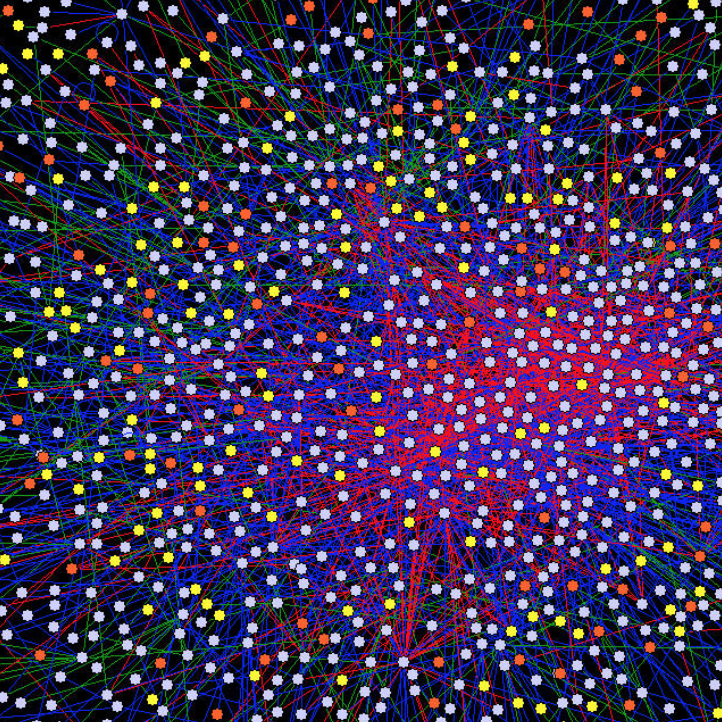Quantifying noise in mass spectrometry and yeast two-hybrid protein interaction detection experiments
Properties of protein interaction networks test the reliability of data and hint at the underlying mechanism with which proteins recruit each other.
Journal of the Royal Society Interface 12, 20150573 (2015)
A. Annibale, A. Coolen, N. Planell-Morell
Protein interaction networks (PINs) are popular means to visualize the pro- teome. However, PIN datasets are known to be noisy, incomplete and biased by the experimental protocols used to detect protein interactions. This paper aims at understanding the connection between true protein interactions and the protein interaction datasets that have been obtained using the most popular experimental techniques, i.e. mass spectronomy and yeast two-hybrid. We start from the observation that the adjacency matrix of a PIN, i.e. the binary matrix which defines, for every pair of proteins in the network, whether or not there is a link, has a special form, that we call separable. This induces precise relationships between the moments of the degree distribution (i.e. the average number of links that a protein in the network has, its variance, etc.) and the number of short loops (i.e. triangles, squares, etc.) along the links of the network. These relationships provide powerful tools to test the reliability of datasets and hint at the underlying biological mechanism with which proteins and complexes recruit each other.
